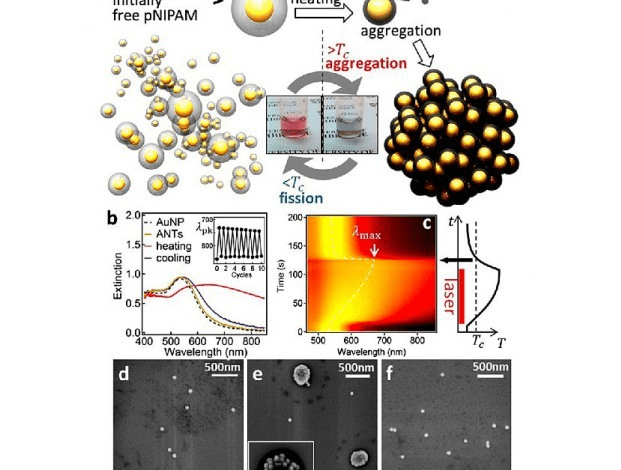Millions of times smaller engines than ants!

Millions of times smaller engines than ants!
A team of researchers in the United Kingdom has created a device that is tens of millions of times smaller than ants. They say that the smallest device in the world is so small that it can be easily used for any purpose inside the cell. Millions of times smaller engines than ants
The device, invented by researchers at Cambridge University, is one-hundredth of a meter long. In the language of physics, it is called a ‘nano engine. It has been named ‘Ant’ (ANT). This ant does not mean ants. The acronym for Actuating Nano-Transducer is ‘Ant’. The device is so named because it can produce energy from light. Not only that, but it can also move. And that too can be controlled through light.
Professor Jeremy Bamberg, a researcher at the Cavendish Laboratory in Cambridge, led the study. He said the smaller engine could produce much more power than its own weight. Just as ants are capable of carrying objects that are heavier than their own weight, so much is happening in this case.
Millions of times smaller engines than ants
Jeremy said, ‘The engines that have been invented so far (from jet engines to nuclear devices) have received less power than their capacity. But in the case of nano-engines, the opposite has happened. It is possible to get balls from one unit of weight to 10 nano-Newtons, which is 10 to 100 times more than the number of balls per unit of the engines invented so far.
The nano-engine is made of many gold particles. The gold particles are bonded to each other with thermally sensitive polymers. When the engine is heated by a laser beam, its particles store energy and bond with each other more tightly than before. When cooled again, these tiny particles of gold move away from each other very quickly.
“It’s like an explosion,” said Tao Dong, a researcher at Cavendish Laboratories. After giving water to cool the engine, we saw gold particles flying at high speed as soon as the water particles surrounded the polymers. The incident happened in a fraction of a millionth of a second. ‘
Researcher Jeremy Bamberg said, “The force we get from the engine is spreading in different directions. The main challenge now is to make the balls one-sided. The smaller the engine, the more likely it is that the piston will work in a steam engine.





